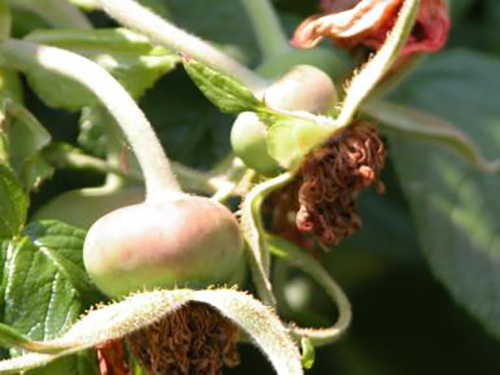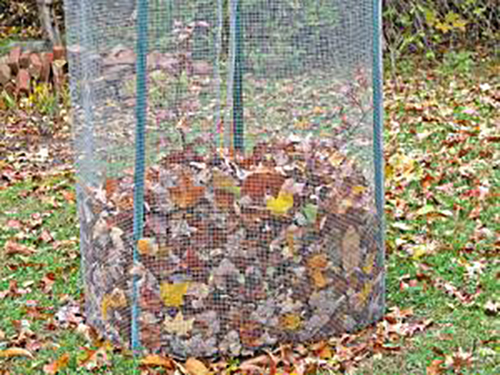Winter Protection for Roses in Your Landscape
There are several methods of protecting rose plants from being killed or severely damaged due to some of the severe winters we can have in the Miami Valley. Before we describe a method of protecting your plants it is a good idea to know what major group of roses we are talking about, some require more protection than others.

Most roses in our area fall into these major categories- Floribunda, Grandiflora, Hybrid Tea, Climbers, Landscape or Shrub, Miniature, Austin(English) and the newest group, the Knock Out® rose. The primary reason we need to know what group the rose plant is in is due to the hardiness of the plant to cold temperatures. Knock Out® and Shrub roses are rated hardiness zones 5-11 while the Hybrid Teas are zone 6. What this means is that all roses except the Knock Outs and Shrub roses need winter protection here, the Miami Valley is zone 6.
Another thing that is done to increase the survivability of roses is to make sure they "think" they have done their job of reproduction for the year. By leaving the rose "hips" or seed heads on the plant it signals to the plant that it can stop growing because the end of the season is here and the goal of producing seeds has been accomplished. This is the way nature increases the maturity of the plant tissue so it has a better chance of surviving the winter. Message- DO NOT remove the spent roses from your rose bushes after September 10th so the seeds develop and mature. BTW, birds enjoy the hips.

About the middle to the end of December we need to be putting our winter protection in place for our rose plants. Do not do it earlier than this as the plants need to be totally dormant and the soil needs to start freezing when this is done. All roses, except the 2 hardiest groups mentioned above, need winter protection at the graft or bud union which is close to ground where the stems attach to the root stock. Pile a mixture of 1 part topsoil to 3 parts mulch or plain compost about 12" high and 18" wide at the base around your rose plants. Do not take the topsoil from around your rose bush as disturbing this soil can cause root injury. A wire cage filled with leaves or straw on top of this mulch or compost will also add to the insulation. Remove the mulch the middle to the end of March. The only pruning that should be done in the fall is to remove any rose stems that are extremely long and will be damaged by strong winds. Complete the pruning in the spring after the plants begin to grow removing any winter damage and to shape the plant. Normal height after pruning is about 18".
If you are thinking about "Styrofoam Rose Cones" for protection for your rose bushes be sure to wait until the ground freezes before putting them over your plants and be sure to remove them by mid-March or they may cause problems. Mulching the plants as mentioned above is preferred.
Send any questions to info@meadowview.com or give us a call.
30 years of Growing
Meadow View Growers
New Carlisle, OH
www.meadowview.com